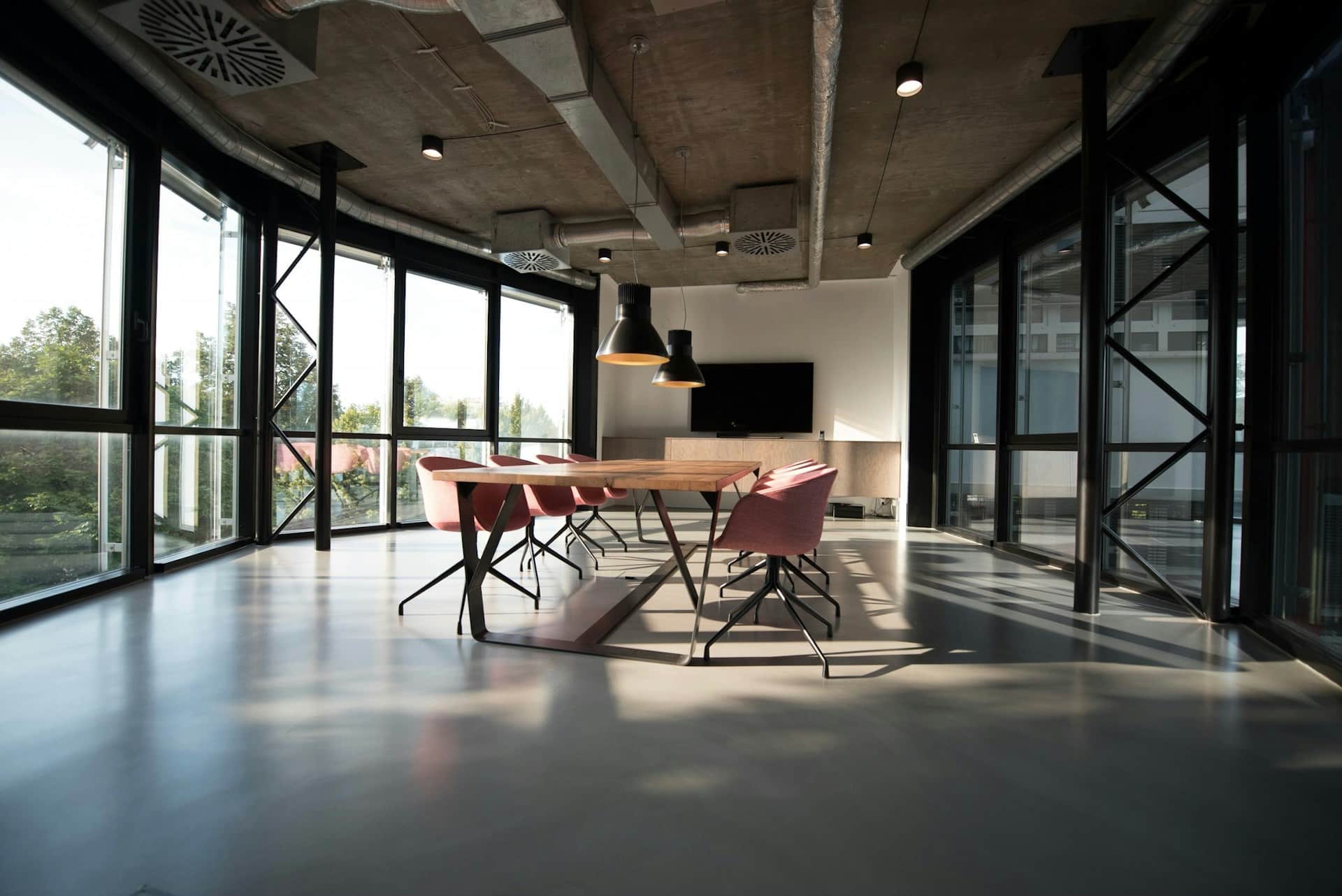As real estate developers, your job extends beyond erecting buildings and managing spaces. You have an integral part to play in shaping the health and wellbeing of communities. This extends to the mental wellness of residents, a responsibility that is becoming increasingly recognized in the field of real estate development. Designing and building spaces that promote mental health might sound like a daunting task, but with the right approach, it can be a fulfilling and impactful project.
The Connection Between Real Estate and Mental Health
Let’s delve into the compelling relationship between real estate and mental health. The spaces you create and manage have a profound impact on the people who live and work within them.
Sujet a lire : How to Balance Historic Preservation with Modern Comforts in Renovating UK Properties?
Buildings and spaces are more than just physical structures. They form the frameworks of our daily lives, influencing our routines, behaviors, and interactions. Research has consistently shown that our surroundings can significantly affect our mental health and wellbeing. Poorly designed or maintained spaces can lead to stress, anxiety, and depression, while well-planned, healthy environments can enhance mood, productivity, and overall mental wellness.
The design of buildings and spaces can also influence our sense of community, which is a vital component of mental health. A well-designed residential building, for example, can foster social connections and community engagement, essential elements for mental wellbeing.
Dans le meme genre : How to Use Social Media to Attract International Tenants to Residential Properties?
Incorporating Natural Light into Your Building Design
Natural light is a powerful tool in your real estate development toolkit. It’s more than just a design element; it has a profound impact on our mental health.
Exposure to natural light is crucial for our circadian rhythm, the internal clock that regulates our sleep/wake cycle. When this rhythm is disrupted, it can lead to sleep disorders, depression, and other health issues. By incorporating ample natural light into your building designs, you can help promote healthier sleep patterns and improved mental health among residents.
Natural light can also boost mood and productivity. Studies show that exposure to natural light during the day can increase serotonin, a hormone that helps regulate mood, appetite, and sleep. Workplaces with natural light have reported higher levels of productivity and job satisfaction among employees.
Designing Open Spaces for Mental Health
Another vital aspect of real estate development that can support mental health is the design of open spaces.
Open spaces can serve multiple functions. They can provide areas for physical activity, which is a significant factor in mental health. Regular exercise has been proven to reduce symptoms of depression and anxiety and improve mood.
Creating open spaces also means providing opportunities for social interaction, a central feature of community wellbeing. Open spaces can act as meeting points, facilitating social connection and community engagement.
Furthermore, open spaces can be designed to incorporate elements of nature, another significant aspect relating to mental health. Nature has a calming effect on the mind and can reduce stress levels, thereby promoting mental wellness.
Building Community Spaces for Wellness
As real estate developers, you have the power to foster communities that support mental health.
Community spaces are not just about providing a venue for people to gather. They can also contribute to residents’ sense of belonging and identity. These feelings are closely tied to mental health; when people feel a sense of belonging and identity within their community, they’re more likely to experience positive mental health.
By designing community spaces that encourage interaction, you’re not just promoting community wellbeing, but also individual mental health. From community gardens to shared recreation areas, these spaces can become hubs for social connection and mutual support.
Incorporating Wellness in Real Estate Development
The role of real estate developers in supporting mental health extends beyond building design. It’s also about creating an environment that promotes wellness.
Wellness initiatives can take many forms. You could consider incorporating health and fitness amenities in your buildings, like gyms or yoga studios. You could also establish wellness programs for residents, offering things like mental health workshops or exercise classes.
By integrating wellness into your real estate development projects, you’re sending a powerful message to residents: their mental health and wellbeing matter to you. You’re also setting a standard for future developments, showing that buildings and spaces can do more than just house us – they can nourish our mental health and wellbeing.
In the world of real estate development, the design of buildings and spaces plays a critical role in supporting mental health and wellbeing. By incorporating elements like natural light and open spaces, fostering communities, and promoting wellness, you can create environments that truly support the mental health of residents. And in doing so, you’re contributing to healthier, happier communities. Remember, as real estate developers, you hold a significant role in shaping the health of communities.
Enhancing Air Quality and Biophilic Design Elements in Real Estate
Incorporating air quality and biophilic design elements into real estate development can significantly impact mental health.
Air quality is paramount for both physical and mental health. Poor air quality, often resulting from pollutants or lack of ventilation, can lead to various health issues like headaches, respiratory problems, and fatigue. These physical ailments can subsequently affect mental wellbeing, causing stress and discomfort. As a real estate developer, emphasizing good air quality in your designs can lead to improved physical and mental health outcomes for residents. This can be achieved by incorporating proper ventilation systems, using non-toxic building materials, and integrating indoor plants known to purify the air.
On the other hand, biophilic design involves incorporating elements of nature into built environments. This design philosophy recognizes our inherent connection to nature and aims to integrate natural elements into urban spaces. Biophilic design can include aspects like indoor plants, natural light, water features, and materials that mimic nature.
The benefits of biophilic design on mental well-being are well-documented. A study published in the Journal of Environmental Psychology found that exposure to natural elements decreases stress and increases feelings of happiness and contentment. This highlights the importance of incorporating biophilic design elements into real estate development, as it can significantly contribute to positive mental health.
Conclusion: The Future of Real Estate Development and Mental Wellbeing
The future of real estate development lies in creating spaces that not only support our physical needs but also foster mental wellbeing. This shift in perspective is not just necessary; it’s a responsibility that developers must undertake to contribute to healthier and happier communities.
Natural light, open spaces, community engagement, wellness initiatives, and biophilic design elements are all effective strategies for creating environments that support mental health. These elements go beyond aesthetics and functionality to touch on the essential needs of the human psyche. They represent a more holistic approach to real estate development, one that recognizes the profound impact of the built environment on our mental health.
Moreover, these wellness design practices align with the growing demand for healthier living spaces. People today are increasingly aware of the connection between their environment and their mental health, and they’re seeking spaces that support their wellness. As real estate developers, responding to this demand is not just good practice; it’s also a smart business move.
In conclusion, real estate development has a significant role to play in mental health. By focusing on wellness design principles, developers can shape spaces that improve mental wellbeing, leading to healthier, happier communities. The future of real estate lies in recognizing and embracing this role, creating environments that truly support our mental and physical wellbeing.






